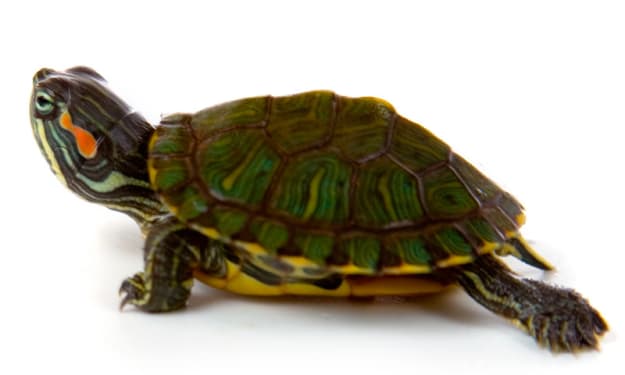Survival Strategies in the Animal Kingdom: The Intriguing World of Tonic Immobility
How to stay alive in the predator world

Imagine you’re being attacked by a ferocious predator.
With no chance of escape, you do what any courageous, self-respecting possum would do: curl into an immobile state called catatonia, stick out your tongue, drool, and ooze some foul-smelling liquid from your anal glands.
Disgusted, your assailant loosens its grip, decides you’re not the dinner it was looking for, and departs.
After 10 minutes, you resurrect and merrily saunter on.
From lemurs to lizards, ants to amphibians, sharks to chickens, hundreds of animals "play dead" as a survival tactic.
Nicknamed "playing possum" after its star performer, feigning death is also called thanatosis.
That’s from Thanatos, the ancient Greek deity of death. But most scientists call it tonic immobility, or TI. How and why TI occurs depends on the species and situation.
Spewing stench and adopting odd postures are common and often play important roles. Other animals sacrifice their neighbors: quail chicks that freeze while their kin run amok have a better chance of survival when pursued by a cat. Speaking of cats, feline mothers can pinch the napes of their kittens’ necks and induce another kind of immobility called clipnosis.
This keeps their kittens quiet and easy to transport.
Most of the physiological mechanisms underlying these theatrics originate in the parasympathetic nervous system, better known for controlling cycles of resting and digesting.
In possums, the parasympathetic nervous system causes their heart rates to drop by nearly half, respiration by a third, and body temperatures by more than half a degree Celsius for up to an hour.
The neurotransmitter dopamine also plays a part. Flour beetles with low dopamine levels play dead more frequently than those with high levels, and anything blocking dopamine receptor sites can lengthen catatonia. But maintaining a death ruse isn’t easy.
The performers are constantly gauging their surroundings for cues on when it’s safe to rise.
Chickens, for instance, can sense when a predator’s eyes are upon them. Researchers know this because when they used a stuffed hawk in an experiment, their chicken subjects came out of their catatonia quicker when the hawk’s eyes were averted.
Other animals use TI for purposes other than defense.
When the sleeper cichlid feels peckish, it sinks to the lake floor and lies motionless, its splotchy coloration making it seem like a rotting carcass.
If a small scavenger investigates, this undead trickster strikes.
Some animals even feign death as a sexual ploy.
Male nursery spiders offer gifts of silk-wrapped insects in hopes of wooing females. But those females are known to eat love-seeking males.
By playing dead while the female eagerly devours her snack, these males can cautiously revive and improve their chances of successfully mating. So TI can work to an animal’s advantage, unless someone else knows its secret.
California orcas can flip over young great white sharks, inducing TI for so long the immobilized sharks, who must move to respire, essentially suffocate. Humans can also flip sharks into TI. By stroking a shark’s electrically-sensitive snout and gently turning it over, researchers can induce TI that lasts up to 15 minutes.
That’s enough time to insert tags, remove hooks, and even perform surgeries. There are risks however: TI can hamper respiration and induce hyperglycemia, a sign of stress. So this technique should only be used when necessary.
Humans can also experience TI when they freeze with fear during violent assaults.
Recognizing this ancient, involuntary form of self-defense has significant implications when trying to understand why some victims don’t flee or fight in the face of danger. So, studying TI in non-human animals not only helps us better understand some odd behaviors, it can also help us better understand our own, sometimes counterintuitive, responses to violence.





Comments
There are no comments for this story
Be the first to respond and start the conversation.